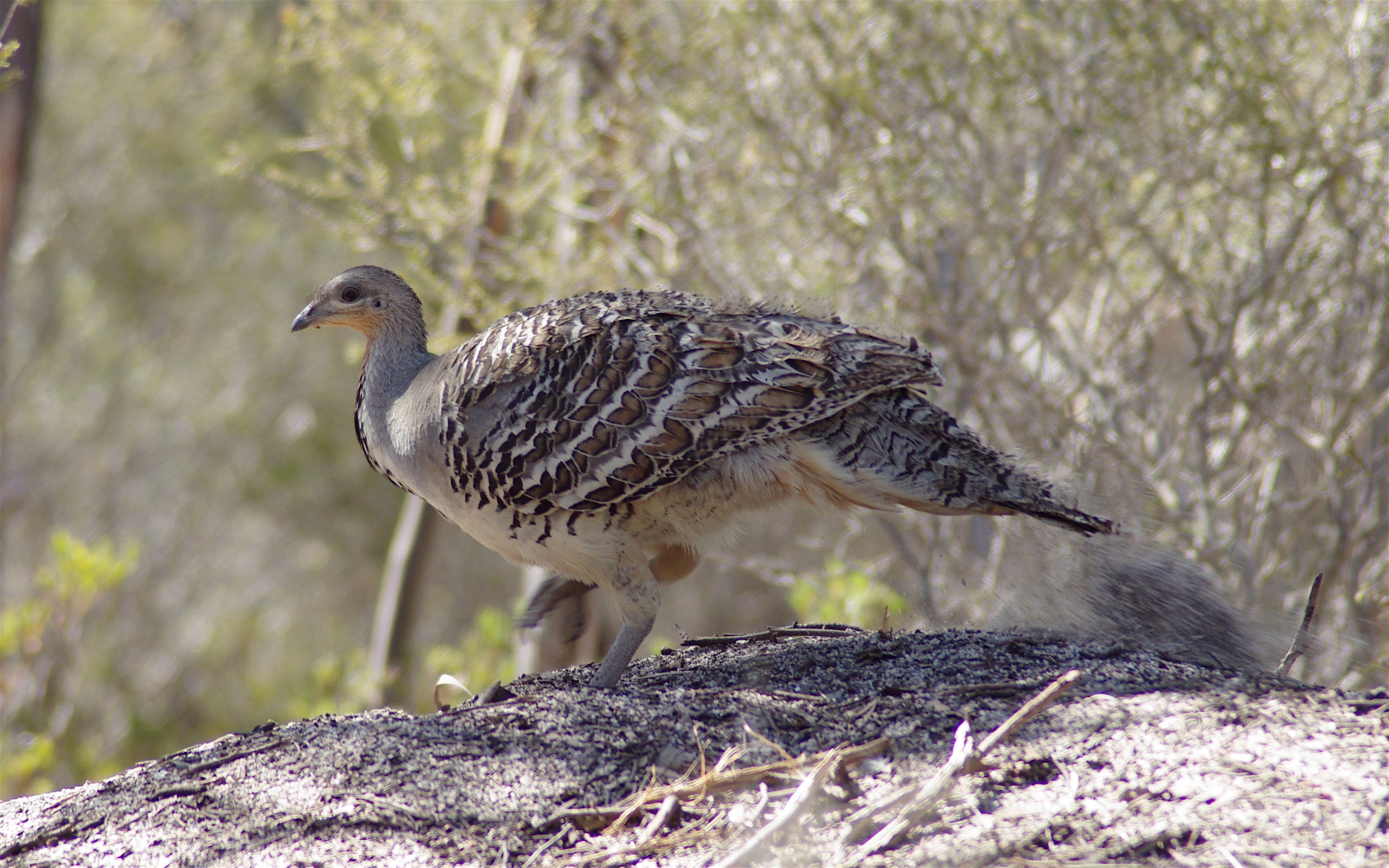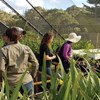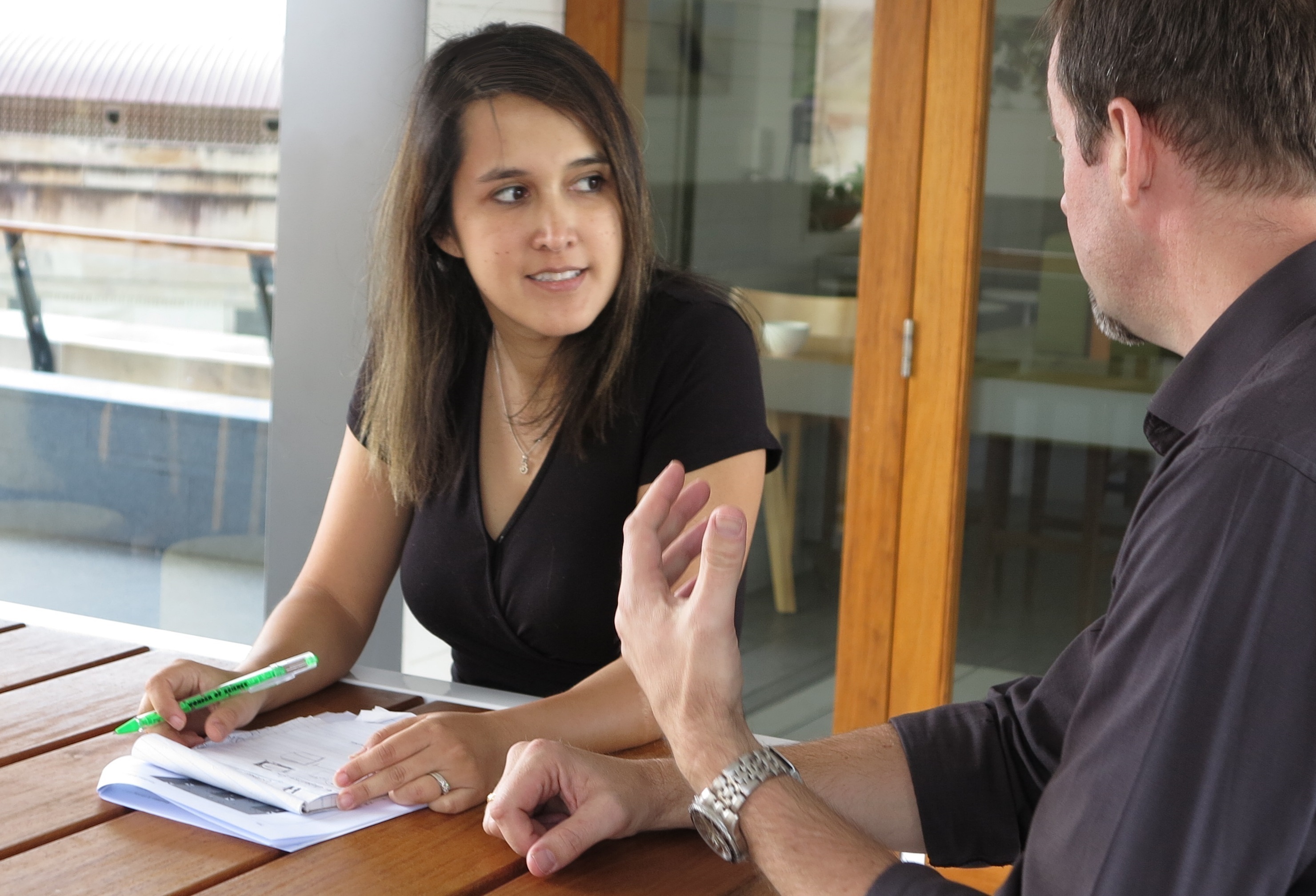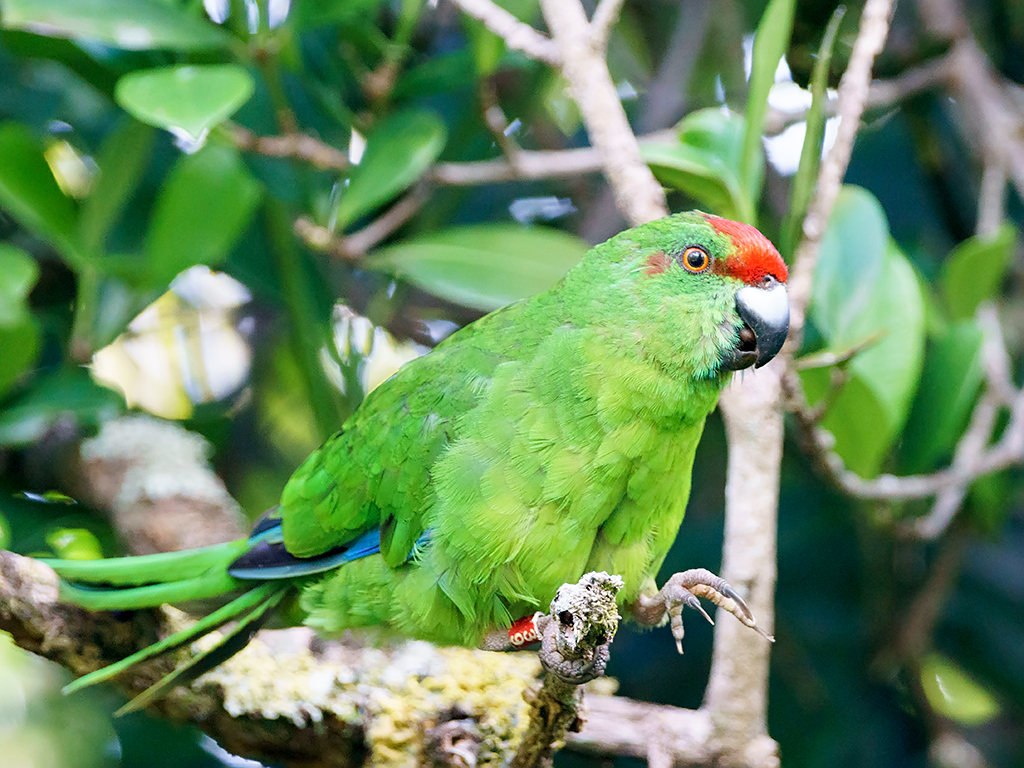
Best-practice governance for threatened species recovery teams
Wednesday, 14 December 2016For most people, threatened species recovery is about doing something to save a threatened species – planting habitat trees, translocating individual animals and managing threats like foxes and cats. The ‘doing’ is important but what is often not seen is the organisation behind the doing. How are decisions made? Which bits of the ‘doing’ is given the priority? And how do we make sure we ‘learn’ as we ‘do’? The TSR Hub is working with the Australian Government on drawing together what we know about best-practice for recovery teams – one of the key strategies for securing the future of Australia’s many threatened species and ecological communities. Peter Latch from the Australian Government Department of the Environment and Energy sets out what’s being done.
The first thing to acknowledge when attempting to plan a successful species recovery process is that it represents an enormous and difficult challenge requiring input from many different people and groups. The recovery of threatened species and ecological communities is generally a highly complex, multi-disciplinary task usually involving many individuals, organisations and agencies.
Successful recovery relies on a combination of collaborative and focused planning, the coordination of complementary actions, the monitoring and analysis of results, the reporting of effectiveness against objectives and the adaptive revision of planning. Governance is the system that combines these steps into a cycle of continued improvement in effectiveness; it is about the development of good processes for making and implementing decisions.
Good governance is the cornerstone of any effective system involving decision making and multiple stakeholders, be it running the nation, a business or the local Frogwatch group. It’s also something that is largely taken for granted until it clearly isn’t working (such as a business going bankrupt).
Governance and the recovery team
Recovery teams are a good example of a collaborative governance model. A recovery team is a collaboration of partners brought together by common objectives to develop and/or coordinate the implementation of a recovery program for a threatened species or ecological community. A recovery team provides a forum to bring together the diverse interests of those involved in the recovery process. The recovery team is responsible for ensuring that actions are implemented in an effective, coordinated and complementary way.
While recovery teams have been operating in Australia for many years, most overseeing recovery of nationally listed species or ecological communities, there is no coordinated national framework providing consistent guidance on best-practice governance or reporting.
In response, a key commitment of the Australian Government’s Threatened Species Strategy is to improve recovery practices. The Strategy recognises the importance of the recovery-team model as a governance system to drive implementation of recovery programs and to report on progress and effectiveness. The Strategy calls for:
- the publishing of a set of best-practice guidelines,
- the creation of a reporting framework and
- the establishment of a national recovery-team database.
The first of these targets, recovery-team governance – best-practice guidelines, are currently under development and expected to be available in late 2016. The guidelines will provide an overarching framework for establishing and operating effective recovery teams. They are designed to help recovery teams to establish their governance and operating arrangements
They set out a series of ‘best-practice’ principles to guide and support recovery teams including when a recovery team might be needed, how to establish a team as well as membership, structure, and communication and reporting processes. A template is provided to guide teams in establishing their terms of reference; the team’s operating rules, the process through which responsibilities are discussed, identified and agreed upon.
Learning from success
The guidelines have been developed in consultation with recovery teams drawing on their collective expertise and experience. They have also been developed in collaboration with the Threatened Species Recovery Hub Project Learning from success in threatened species conservation. The guidelines complement the research examining success factors in threatened-species conservation and the role of recovery teams and other governance systems in driving such success.
Monitoring, evaluation and reporting is an important part of any recovery effort. Assessing progress of a recovery program provides clarity on whether investments are improving the status of threatened species and ecological communities. It also enables adaptive management, so that we can adjust our efforts accordingly.
Recovery teams have an important leadership role in communicating the effectiveness of recovery programs. A national reporting framework is also being established to assist recovery teams in reporting on progress in achieving the objectives of a recovery program. Reporting will enable recovery teams to progressively build a story of their work over time.
Collective and consistent reporting across recovery teams will, for the first time, provide a national snapshot of our conservation efforts over time. Recovery team reporting will also inform other national environmental frameworks such as the State-of-the-Environment reporting and in monitoring progress against Australia’s international obligations such as under the Convention on Biological Diversity.
Recovery teams, operating in accordance with these governance and reporting guidelines, can be nationally registered. A national database of registered recovery teams will be progressively published and reporting will be collated and published annually.
Becoming a nationally registered recovery team provides national recognition of a recovery team’s work. Over time it is planned that a national recovery team network be established to connect recovery team practitioners across Australia. A network could link and coordinate planning activities, allow recovery teams to share experiences, collaborate and over time build a national community of practice.
For further information:
Peter.Latch@environment.gov.au
Top Image: The malleefowl. Enormous effort has gone into saving this threatened bird, including countless hours put in by volunteers and a dedicated recovery team. Not only should this effort be recognised, but we should learn from it. Image: Butupa, Flickr CC2.0


